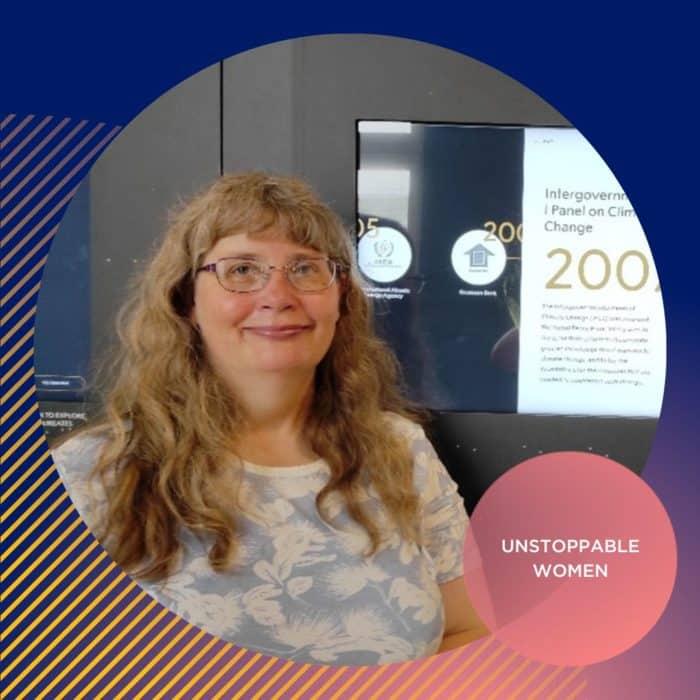1. Can you please explain your career journey to date?
After finishing my secondary education, I studied mathematics and science at La Trobe University and the Key Centre for Statistical Science (La Trobe, Monash, Melbourne and RMIT universities). This led to my employment with CSIRO (Atmospheric Sciences) where I worked with a team to assess the effectiveness of a cloud seeding project for one of Melbourne’s water catchments. When this contract ended, I moved to the Bureau of Meteorology where I developed a seasonal rainfall forecast system that was used for over 20 years in both Australia and the Pacific. At the end of that contract, I was employed with the research division of the Bureau of Meteorology and was involved in several projects including improving the understanding of a prolonged decline in rainfall in Western Australia, researching links between climate and flora and fauna, and improving the communication of forecasts and warnings in the Pacific. It was during this time that I extended my studies by completing a PhD in Zoology. Currently I am working with international organisations to develop more effective climate messages for remote communities by incorporating traditional ecological knowledge.
2. How did Strathcona prepare you for your chosen career?
While Strathcona aided my development of the science and mathematical skills needed for my career, it more importantly cemented my ideals and moral compass. This led to me developing meaningful and respectful relationships throughout my career, particularly in my Pacific work where I deal with culturally sensitive information and cultures and belief systems very different to my own.
3. What core attributes do you need for your chosen career?
An analytical mind, including the ability to look for patterns in large datasets. As my work moved from more individual to group based, other attributes became more important, such as the ability to listen, being able to develop respectful relationships, being open to differences in cultural practices, and working with others to achieve mutually beneficial outcomes.
4. What advice would you give someone looking to start in your industry?
Studying science and mathematics at university, particularly statistics, can open a lot of different doors. Be prepared to change your career direction as you learn more about what is possible. When I was at Strathcona I would never have guessed I would end up where I am today.
5. What are some of the challenges women in STEM face?
When I started my career journey there were very few women in the organisations I joined. Although this imbalance has improved there is still a long way to go and “boys clubs” and inequalities still exist.
6. What can we do to help promote working in STEM to women?
Developing networks to mentor and support those starting out in these areas. Working in STEM can be very rewarding and hearing from others in these fields helps.


